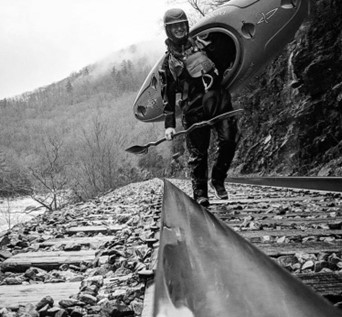
Photo by Anthony Geist
“If there is a point to being in the canyon, it is not to rush but to linger, suspended in a blue-and-amber haze of in-between-ness, for as long as one possibly can. To float, to drift, savoring the pulse of the river on its odyssey through the canyon, and above all, to postpone the unwelcome and distinctly unpleasant moment when one is forced to reemerge and reenter the world beyond the rim-that is the paramount goal.”
- Kevin Fedarko, The Emerald Mile
I have just reemerged to the world beyond the rim. For the last seventeen days, I have lived on the banks of the Colorado River at the base of the Grand Canyon. On my return to civilization, I am an audience to the pink and orange hues of the sun setting over the desert arena. My emotions on returning to civilization have been perfectly predicted by Fedarko. Overwhelmed by the magnificence of the place I called home for these past weeks, I immediately longed to return to the mouth of this most powerful river and begin again.
Medical school and residency are grueling journeys. While technology allows us access to unprecedented amounts of information, the volume of knowledge seems impossible to tackle. Research consistently shows that we work more now than we ever did in the past. According to one of my mentors, the information that we encounter in a single week is more than the information our grandparents were exposed to throughout an entire year. As residency slots are becoming more competitive, medical students are working harder than ever before to prove themselves competent. We need healers who are prepared to handle any situation, but is this unremitting workmanship truly what it takes? How is it possible for us to tend to our patients’ needs when we so often struggle to give ourselves permission to tend to our own? This idea is not a new one. As Thoreau illustrated in 1854, “The finest qualities of our nature, like the bloom on fruits, can be preserved only by the most delicate handling. Yet we do not treat ourselves nor one another thus tenderly.” Despite this information burden, I trekked forward through my studies.
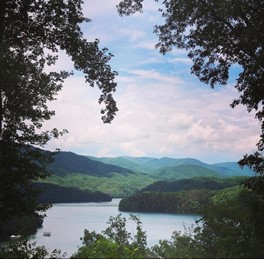
Photo by Hannah Loewenberg
Facing my fourth year of medical school, I was depleted. Choosing a medical specialty and applying for residency felt daunting. Overwhelmed by my clinical and academic duties, I felt helpless and alone, stuck in a system that nearly forces you to continue onward toward even more responsibility. While I began to recognize my own burnout, I had a sobering realization that this path remains a struggle for so many. A university email notified us that a classmate, a friend of mine since high school, died of suicide. He was finishing his fourth year of medical school, hoping to match into ENT residency. A week before match results, he succumbed to his own mental health issues. Our class was devastated. I was devastated. I don’t speak of this to explain his story, or even to attribute his death to burnout. I don’t know what ultimately caused his despair. I do know that there is far more work to be done regarding the mental health of medical personnel. I needed time and perspective and, little did I know, I was also in need of healing.
The remedy for me took on the form of a Scholar’s Year in Wilderness Medicine. As a whitewater kayak instructor throughout college, our required Wilderness First Responder course catapulted me into a passionate trajectory toward medicine. But after three years of confinement within the classroom and hospital, my purpose grew blurry. I hoped a year away would allow me time to explore my own fears and philosophies. Ultimately, I wanted to take the year because I absolutely love being outside.
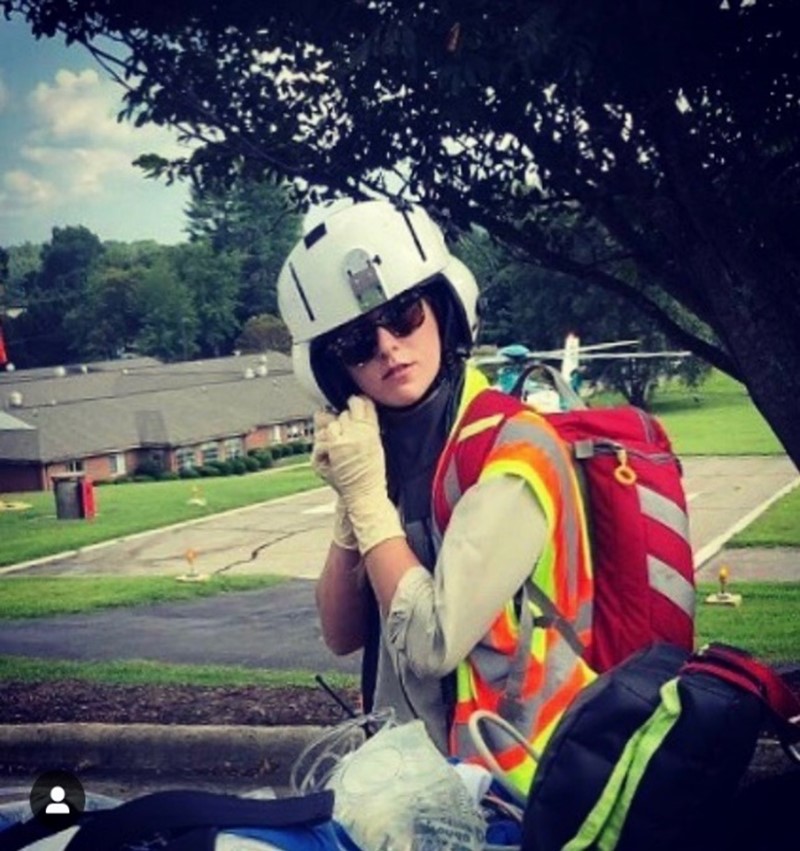
Photo by Michael Brisson
My year began with me working as a wilderness EMS responder through the Carolina Wilderness EMS Externship, an experiential fourth year medical student rotation in the notoriously treacherous and wild Linville Gorge, a popular hiking, paddling and rock climbing mecca in the southeastern United States. Every year, its founder and Program Director, emergency physician Dr. Seth Hawkins, chooses a research concentration for the externs. Unknown to me when I applied, the focus for the year would be a new psychotherapeutic technique known as Psychological First Aid (PFA) and its utilization as treatment for stress injury in real time as traumas occur.
Throughout my time in Linville, my co-extern and I worked with Dr. Hawkins and other qualified specialists to create a lecture series and provide Psych First Aid training to EMS personnel across the country. Our lectures focused on defining the term stress injury and discussing the five evidence-based practices of Psychological First Aid treatment for such injuries: safety, self-efficacy, calm, connection, and hope.
Safety
In addition to preparing PFA lectures, I was on 24-hour EMS call for the month. Throughout the externship, I was given my own call sign of MD-64, a county-wide communications radio, response lights for my personal vehicle and most importantly, autonomy. I was responsible for keeping my radio on and audible 24 hours a day, for navigating myself to the scene, assessing my own surroundings, and making my own decisions regarding patient care.
As health care providers, we emphasize the importance of patient autonomy. However, the hierarchical system in traditional medical education often leaves medical students in the role of observer and active listener at best. The Carolina Wilderness EMS externship gave me autonomy and the opportunity to learn by doing. The program’s motto is Esse Quam Videri, which translates as “to be rather than to seem.” As I began to embody esse quam videri, I felt the priority of action being pushed to the forefront. Through my work as an extern, I began reflecting on the idea of safety. I learned that every person has a uniquely personal perspective of safety. In order for me to provide safe care, I needed to learn what was safe for myself. How fast should I drive to the scene of an accident? Should I go to that 3:00 am house call by myself? Is it safe to continue down this whitewater river at night to search for missing fishermen? Prior to the externship, I was so fearful of making unsafe decisions for my patients. By making challenging and safe decisions for myself, I was beginning to understand how to make safe decisions for others.
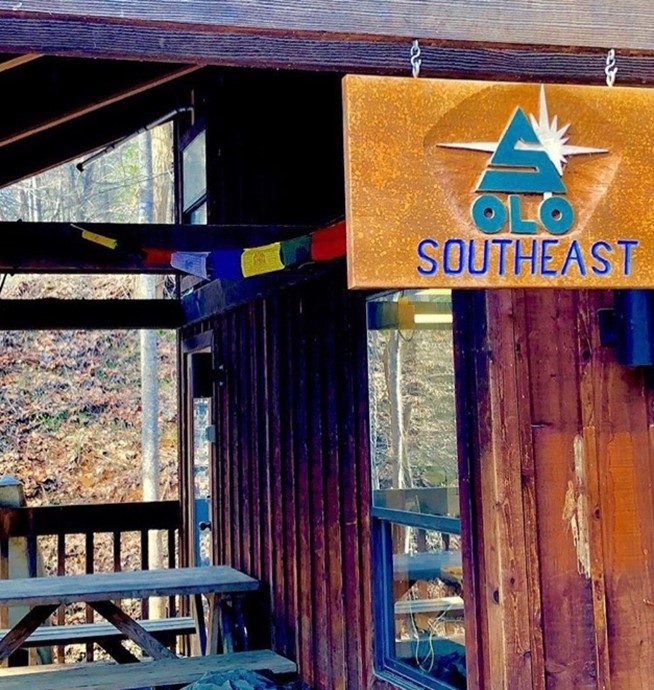
Photo by Hannah Loewenberg
Self-Efficacy
For the next chapter of my Scholar’s Year, I embarked on obtaining my Wilderness EMT license through an expedited, four-week intensive training program at one of the top wilderness medicine companies in the Nation, SOLO Southeast. Many inquired as to why I was pursuing a basic life-support level of training when my doctorate would provide me with a far broader scope of practice. While medical students are armed with massive amounts of information throughout four years of lectures, didactics, and clinical rotations, most of us lack the ability to respond to even basic emergencies. Sure, most of us might call 911 and remember our days’ worth of CPR training in an emergency, but the vast majority of us would not know how to assess our surroundings properly, perform a full primary assessment, check for life-threating bleeds, and stop the patient from exsanguinating. Communicating lifesaving information over the phone and triaging patients on a scene are pre-hospital response tactics that are rarely incorporated into traditional medical education curriculums. Through my EMT training, I developed a high level of self-efficacy necessary for my growth as a medical provider. Rather than becoming paralyzed by my own helplessness and the weight of caring for another, I learned to see responsibility as it is, in its most rooted form: the ability to respond.
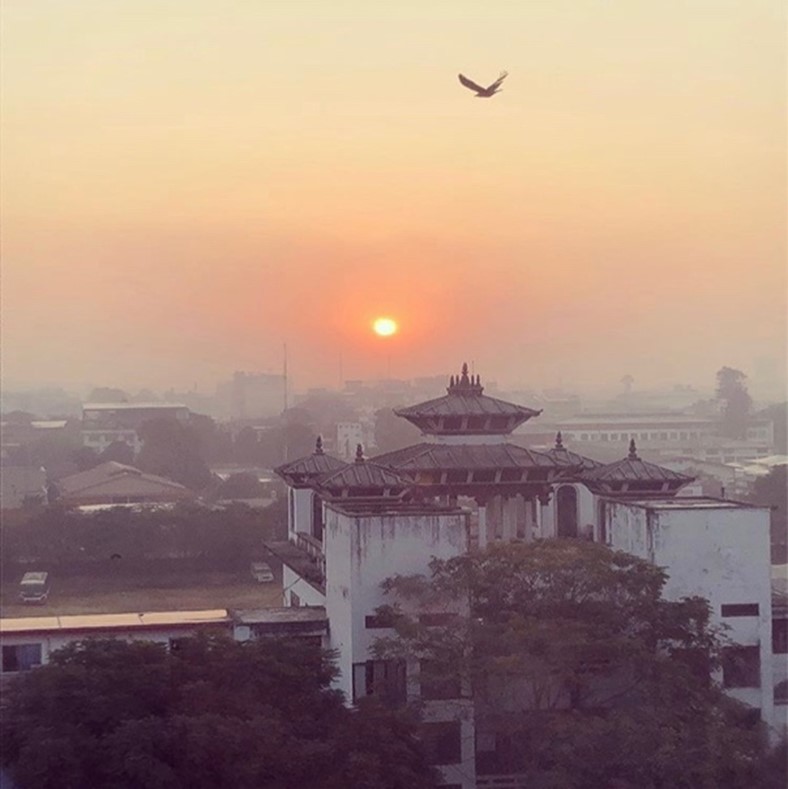
Photo by Hannah Loewenberg
Calm
After obtaining my EMT license, I hadn’t had a break in two months and found myself exhausted. One thing you learn quickly working in EMS is how to recognize signs of fatigue. One of my biggest signs is ambivalence. I just stop caring. I become quick-tempered, pessimistic, and focus more on my own exhaustion than on the needs of my patients. I also find myself more socially isolated during times of stress, and my relationships suffer as a result. Constantly fighting an urge to sleep in rather than waking energized to work, at times I have nearly lost all motivation to continue forward on my medical career path. That is how I exhibit fatigue and stress.
Modern neurobiology has taught us that in the midst of stressful situations, people often experience an “amygdala hijack.” The amygdala, or the emotional center of our brain, can overwhelm the decision-making center of our brain during times of stress. When our emotional brain is firing, as it does during the fight or flight response, our cortex – the decision-making part of the brain - is rendered unable to function. However, creating a sense of calm bypasses this cycle and allows our cortex to resume its decision-making capacity. Paradoxically, studies have also shown that even though these two vital areas of the brain cannot function simultaneously, they also cannot function independently. When the limbic system – the emotional brain – has been totally injured or removed, we are also rendered incapable of making decisions. To put it simply, calm minds are necessary in making rational decisions, but our decision-making capacity is dependent on our emotions.
Through taking the time to pay attention to my emotions and needs, I learned that my ambivalence is not a defining characteristic of my personality but a symptom of my stress. When we are able to step back and view our emotions as separate from ourselves, we practice mindfulness, and when we practice mindfulness and calm, we are able to use our emotional intelligence as a guide to move through our stressors and focus on what’s really important. I was on the path of healing, and this path was taking me to a journey far, far away to the highest mountains on Earth: The Himalayas.
Through learning to establish safety as a dynamic state of being, practicing self-efficacy as a tactic to combat helplessness, and creating calm in ways that expanded her own peace, Dr. Loewenberg moved toward a state of equilibrium that allowed for stronger healing of both her patients and herself. Join us for the next publication in The Compass section of WMS Magazine to read Dr. Loewenberg’s next chapter of her medical scholar’s year into the wild.